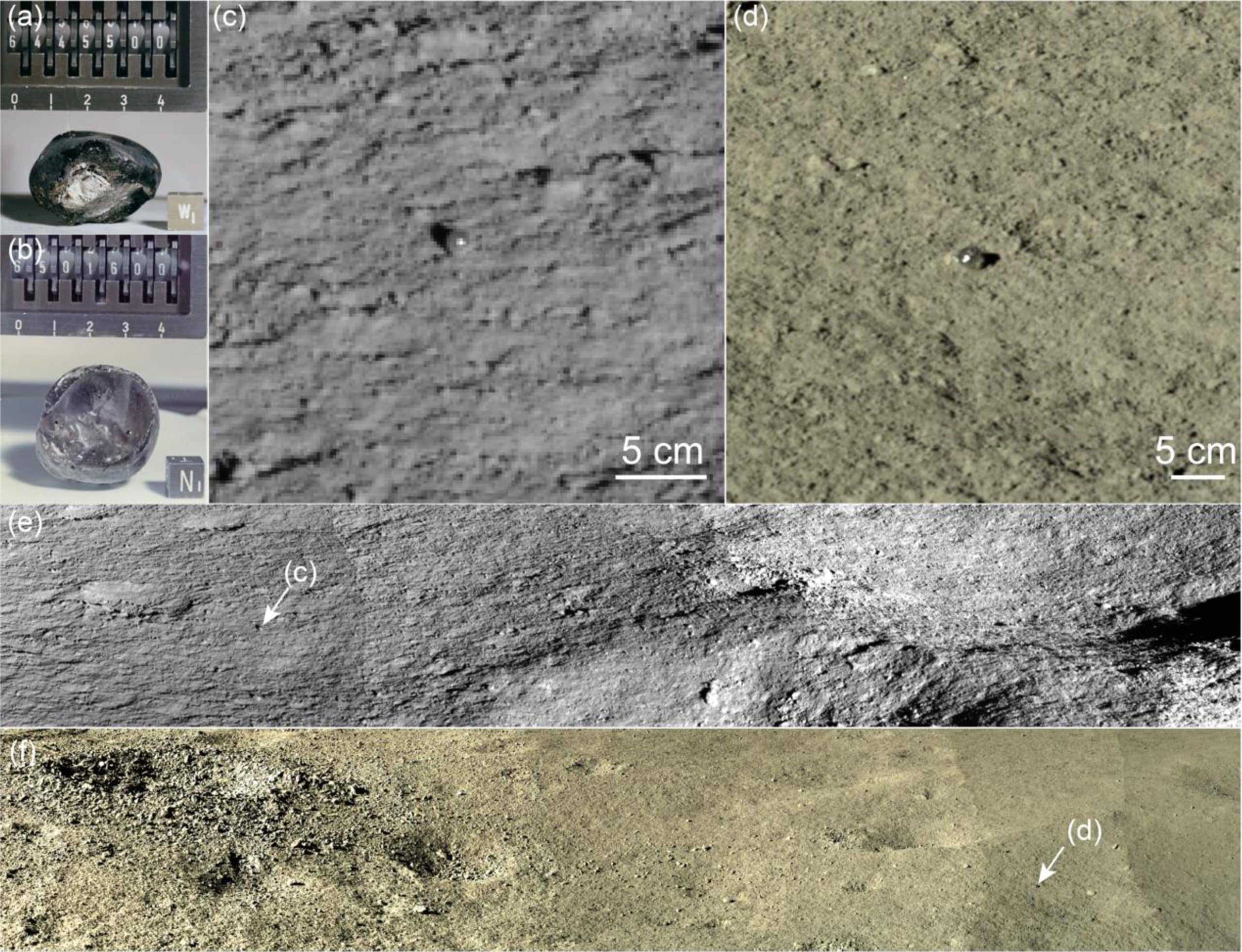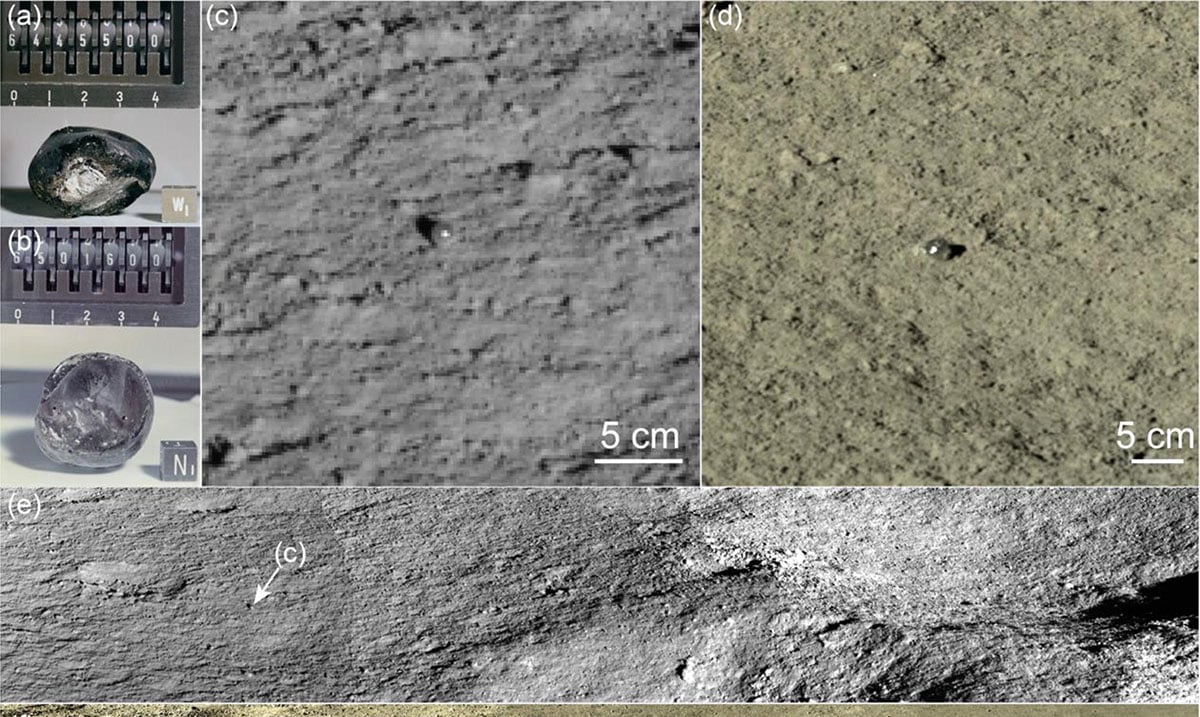Recently, China’s Yutu-2 rover made a strange discovery on the moon. According to Chinese space authorities, they have found server mysterious glass spheres on the far side of the moon’s surface.
Their findings were published in a study in Science Bulletin, which describes the globes as being spheres of translucent glass. According to their findings, the spheres are around a centimeter in diameter and were discovered in images that had been taken.
Finding glass on the moon may seem strange, but this is not the first time glass has been found on the moon. Scientists say that in most cases, the glass was formed by past volcanic activity. However, this is a bit stranger, according to those who discovered these, because it has a light brown and translucent coloring.
“The globules simply blow our mind since they are so unique on the Moon,” explains Dr. Zhiyong Xiao, who works at the Planetary Environmental and Astrobiological Research Laboratory at Sun Yat-sen University and is also a lead author of the study.
Xiao has been studying tektite and microtektites, which are impact glasses formed by terrestrial impact events.

https://ars.els-cdn.com/content/image/1-s2.0-S2095927321006964-gr1_lrg.jpg
While this particular discovery is a bit unusual, Xiao hopes that this discovery could mean there are more of these that could be found on the far side of the moon.
The spheres are said to be around 15-25 millimeters across and were found near fresh impact craters. Because of this, it’s possible that they could have formed during an impact from lunar meteorites.
But, the research team does maintain that it’s far more likely that they were formed by volcanic glass that had melted and reformed.
“Collectively, the peculiar morphology, geometry, and local context of the glass globules are consistent with being anorthositic impact glasses,” explained the researchers.
Until they can be studied further, it will be hard to tell. If they are lunar tektites, that would mean that even more interesting research could be done.
“As the first discovery of macroscopic and translucent glass globules on the Moon, this study predicts that such globules should be abundant across the lunar highland, providing promising sampling targets to reveal the early impact history of the Moon,” the researchers wrote in their study.

